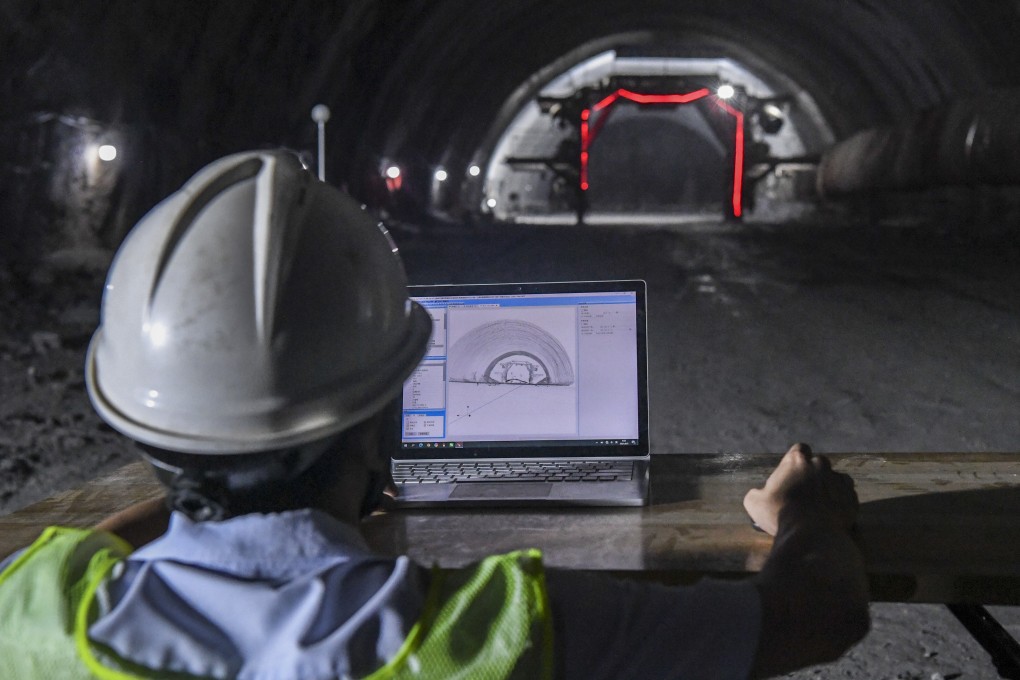China’s debt reduction like putting the ‘genie back in the bottle’, but can it succeed to aid the economy?
- While China’s economy has largely recovered from the impact of the coronavirus, its debt surged to 280 per cent of gross domestic product (GDP) in 2020
- China is still building infrastructure projects, but Beijing is now setting the bar higher amid historically high debt levels

This is the third part in a series of stories looking at China’s economic outlook in the second half of 2021 as it continues its recovery from a coronavirus-hit 2020.
China has long relied on the old playbook of investing in infrastructure projects to boost its economy, particularly its high-speed railway network that is the largest in the world. And Beijing even said at the start of the year that its high-speed rail network could nearly double in size over the next 15 years.
Projects are still being built in major cities – like the second phase of the mass transit network Foshan city in Guangdong province costing 77.21 billion yuan (US$12 billion) – but Beijing is now setting the bar higher.
China's debt-to-GDP ratio
| Year | Debt-to-GDP ratio |
|---|---|
| 2020 | 279.4% |
| 2019 | 255.9% |
| 2018 | 249% |
| 2017 | 252% |
| 2016 | 248.6% |
Source: People's Bank of China